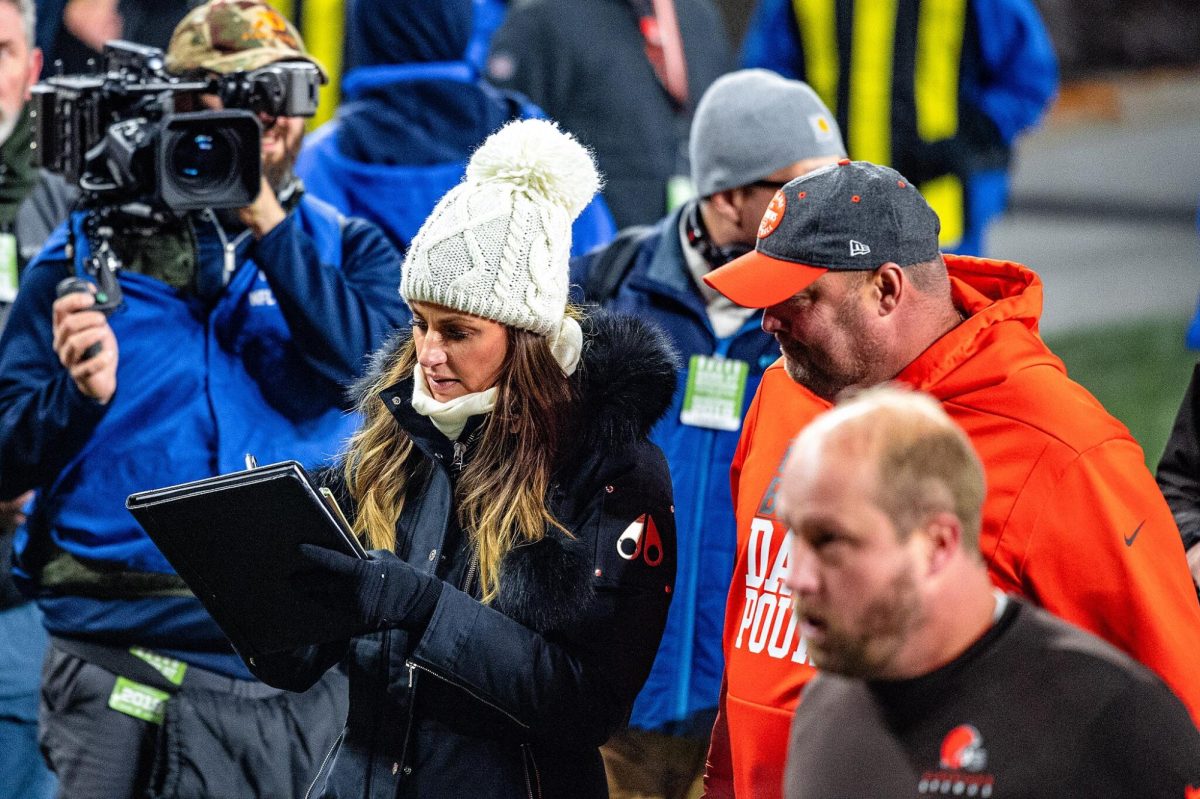By Gwen Schanker, Editorial Columnist
We live in a technology-dominated world and, consequently, technology has changed the learning experience for today’s students. Gone are the days when pencil-and-paper is the only viable note-taking technique – laptops in classrooms are an expectation and, many would argue, a necessity. For professors who prefer a tech-free environment and are sick of students looking at their phones, the increased use of technology can be a source of frustration. However, some teachers have chosen to capitalize on these developments, making technology part of their curricula both in and out of the lecture hall. The question is: do these tools add to or detract from the learning experience?
As a double major in journalism and biology, I’m exposed to both science and writing classes and have experienced a broad spectrum of classroom technology use. In my journalism classes, technology evolves as digital journalism develops. For example, my ethics professor points out the Twitter handles of our guest speakers, and instead of searching the library for limited hard-copy sources, I often turn to Snell’s growing online database.
Many of my science professors make use of the interactive teaching platform Top Hat, which allows students to answer multiple-choice questions in class using their laptop or phone. Top Hat provides both a valid reason for phone use and a motivation to show up to class, not to mention potential extra-credit opportunities.
There are two extremes when it comes to technology in the classroom, both of which, in my experience, are equally beneficial for learning. The first of these is embodied in Christopher Toher’s chemistry class at Northeastern, a course built entirely on classroom technology. The class includes weekly use of Top Hat and SmartWork (an online homework program designed by W. W. Norton), a required Q&A assignment on Blackboard’s Discussion Board and an online quiz system. Toher’s employment of any and all available tools is impressive, and it’s helpful to have multiple online sources available as I struggle to understand thermodynamics.
That’s not to say I’m ready for a fully digitized college experience, however. Among other reasons, it would be a shame to miss out on the other, equally valuable extreme – which I discovered in Charles Fountain’s history class. Fountain doesn’t use PowerPoint, relying only on his material to capture students’ interest. Despite a hand cramp from taking notes, I was continually captivated throughout the semester. Fountain’s fantastic storytelling allowed me to picture each anecdote in my head more clearly than any visual aid could have. I don’t know how the course has changed in the past year, but I doubt technology will ever be a core part of the class – and that’s good.
The advent of PowerPoint lectures and educational iPhone apps has had a powerful influence on the college experience, and increasing technology use has brought about an undeniable shift in learning style. Still, the addition of classroom technology doesn’t have to change everything. I’m counting on a variety of online resources when I take on Organic Chemistry next year, but I wouldn’t change any part of my experience in History of Journalism. The changes in education for the digital age are exciting, but let’s not get carried away.















